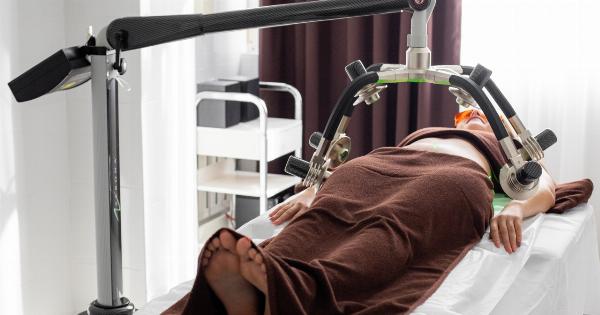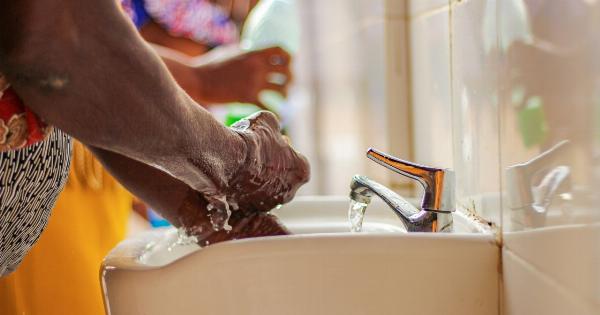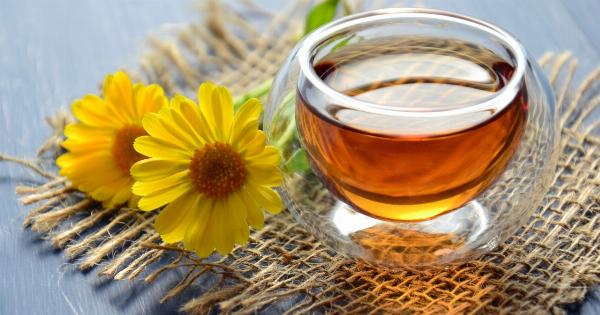Urinary tract infections (UTIs) are a common condition characterized by an infection in any part of the urinary system, which includes the kidneys, bladder, ureters, and urethra. UTIs can cause discomfort, pain, and other troublesome symptoms.
While antibiotics are typically prescribed to treat UTIs, some natural remedies, such as cranberry juice, have gained popularity for their potential benefits in preventing and managing this condition.
The Science Behind Cranberry Juice and UTIs
The use of cranberry juice as a remedy for urinary tract infections dates back centuries.
It was believed that the acidic properties of cranberries could help create an environment in the urinary tract that is inhospitable to bacteria, reducing the likelihood of UTIs. However, modern research has provided a more comprehensive understanding of how cranberry juice affects UTIs.
A study published in the Journal of Antimicrobial Chemotherapy found that cranberry juice has a compound called proanthocyanidins (PACs) that can prevent bacteria, particularly E.
coli (the most common cause of UTIs), from attaching to the cells lining the urinary tract. This prevents the bacteria from colonizing and causing an infection.
Furthermore, research conducted by the Department of Microbiology at the University of Minnesota demonstrated that cranberry juice inhibits various bacterial proteins involved in UTI pathogenesis.
These proteins are responsible for the attachment and invasion of bacteria into the urinary tract.
How Cranberry Juice Can Help Prevent UTIs
Consuming cranberry juice regularly may be beneficial in preventing urinary tract infections. The PACs in cranberry juice can help prevent bacteria from adhering to the urinary tract, reducing the risk of infection.
A systematic review and meta-analysis published in the Journal of Urology analyzed multiple studies on the effects of cranberry products on UTIs.
The analysis found that cranberry products, including juice, reduced the incidence of UTIs in certain populations. However, it is important to note that the effectiveness of cranberry juice may vary depending on factors such as dosage, concentration of active ingredients, and individual susceptibility to UTIs.
Using Cranberry Juice to Treat UTIs
While cranberry juice may help prevent UTIs, its effectiveness in treating existing infections is not fully supported by scientific evidence.
However, some studies indicate that cranberry juice might have a mild therapeutic effect when used as an adjunct therapy alongside antibiotics.
It is essential to understand that cranberry juice is not a substitute for appropriate medical treatment.
If you suspect you have a urinary tract infection, it is crucial to consult a healthcare professional for a diagnosis and appropriate treatment plan. In some cases, antibiotics may be necessary to fully eradicate the infection.
Recommended Dosage and Considerations
To potentially benefit from the properties of cranberry juice, it is important to consume an adequate amount. The suggested dosage of cranberry juice for preventing UTIs varies.
However, it is generally recommended to drink 8 to 16 ounces (240 to 480 ml) of unsweetened cranberry juice daily.
It is important to choose unsweetened cranberry juice to avoid the high sugar content, which can have negative effects on overall health, including the risk of developing diabetes.
Pure cranberry juice without added sugars or artificial sweeteners is the ideal choice.
Furthermore, it is crucial to consider individual factors and potential interactions with medication before incorporating cranberry juice into your routine.
If you have a history of kidney stones, a low-sugar or sugar-free cranberry option may be more suitable for you.
Side Effects and Precautions
While cranberry juice is generally safe for most people when consumed in moderation, it may cause side effects in certain individuals. Some potential side effects of cranberry juice include:.
1. Stomach discomfort: Some people may experience stomach upset, diarrhea, or abdominal pain after consuming cranberry juice.
2. Allergic reactions: In rare cases, individuals may be allergic to cranberries, resulting in allergic reactions such as hives, itching, or difficulty breathing.
3. Interference with certain medications: Cranberry juice may interact with anticoagulant medications, increasing the risk of bleeding. It may also interfere with certain drugs used to manage hypertension or heart disease.
4. Dental health concerns: Cranberry juice’s acidity can erode tooth enamel over time. It is advisable to rinse your mouth with water after consuming cranberry juice and practice good oral hygiene habits.
It is essential to consult with a healthcare professional before incorporating cranberry juice or any other natural remedy into your routine, especially if you have any underlying health conditions or take prescription medications.
Conclusion
Cranberry juice has been used for centuries as a natural remedy to prevent UTIs.
Scientific research indicates that cranberry juice contains compounds that can hinder the attachment of bacteria to the urinary tract, potentially reducing the risk of infection. While cranberry juice may have a preventive effect, it is not a substitute for medical treatment if you already have a urinary tract infection.
It is important to consult with a healthcare professional for an accurate diagnosis and appropriate treatment plan, which may include antibiotics. Cranberry juice can be a helpful addition to your overall urinary tract health, but it is important to consume it in moderation and choose unsweetened options.
As with any natural remedy, consult with a healthcare professional to determine the best approach for your individual circumstances.































